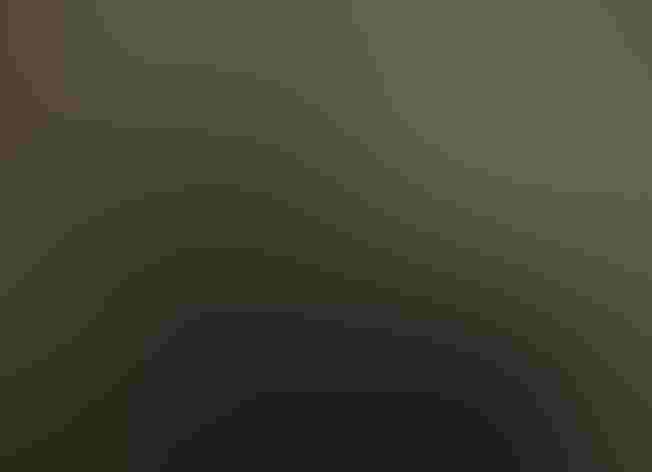Harris’s Hawk
At a Glance
This strikingly patterned southwestern hawk is more sociable than most birds of prey. It is often seen in groups of three or more, the birds perching close together on poles or giant cactus. It may seem lethargic or tame when perched, allowing close approach; when hunting, however, it is dashing and powerful, pursuing prey in agile flight even through dense brush. Two or more Harris's Hawks may hunt cooperatively, working together to chase prey into the open.
All bird guide text and rangemaps adapted from Lives of North American Birds by Kenn Kaufman© 1996, used by permission of Houghton Mifflin Harcourt Publishing Company. All rights reserved.
Category
Hawk-like Birds, Hawks and Eagles
Conservation
Low Concern
Habitat
Arroyos and Canyons, Desert and Arid Habitats, Fields, Meadows, and Grasslands, Shrublands, Savannas, and Thickets, Urban and Suburban Habitats
Region
California, Plains, Southwest, Texas
Behavior
Flap/Glide, Soaring
Population
920.000
Range & Identification
Migration & Range Maps
No definite migration, although groups and individuals may wander widely, especially during times of prey shortage.
Description
18-23" (46-76 cm). W. 3' 7 (1.1 m). Dark body contrasts with bright rufous shoulders, wing-linings, thighs. Tail black, with white at base and tip. Juvenile is streaked brown below, has narrow tail-bands. Some dark-morph Swainson's Hawks have similar color pattern.
Size
About the size of a Heron, About the size of a Mallard or Herring Gull
Color
Black, Brown, Red, White, Yellow
Wing Shape
Broad, Rounded
Tail Shape
Rounded, Square-tipped, Wedge-shaped
Songs and Calls
A low, harsh hissing sound.
Call Pattern
Flat, Rising, Simple
Call Type
Raucous, Scream
Habitat
River woods, mesquite, brush, cactus deserts. Found mostly in open dry country. Most common in saguaro cactus desert in Arizona, in mesquite brushland in Texas and New Mexico. Also found in trees along rivers, and recently has become resident in suburban areas of some southwestern cities.
Sign up for Audubon's newsletter to learn more about birds like the Harris's Hawk
Behavior
Eggs
3-4, sometimes 1-5. Pale bluish-white, sometimes with a few brown spots. Incubation is mostly by female, 33-36 days. At nests with 2 males, both males bring food to incubating female, and take shorter turns sitting on the eggs.
Young
May be brooded and fed mostly by the female, but most food is brought by the male(s). Young move out of nest to nearby perches after about 40 days, gradually develop to strong flight. Adults may raise 2-3 broods per season, and young from earlier nesting may help feed the young in later broods.
Feeding Behavior
Hunts actively, in low flight, pursuing prey around bushes and thickets. Often two or three hunt together, and a fleeing animal that evades one hawk may be caught by the next; larger prey is often shared by the hawks.
Diet
Small mammals, birds, lizards. Feeds on a wide variety of small creatures. Common prey includes ground squirrels, rabbits, wood rats, kangaroo rats, and many medium-sized birds, such as quail and woodpeckers. Eats large lizards when they are common. Also sometimes large insects.
Nesting
Often nests in triads, with two males mated to one female, all three adults associating peacefully at the nest and cooperating in raising the young. Courtship (involving two, three, or more birds) includes soaring, circling, and diving. Nest site is usually in small tree (such as mesquite or paloverde) or in arms of giant saguaro cactus, usually 12-25' above ground; sometimes higher on powerline tower, tall tree. Nest (built by both sexes) is bulky structure of sticks, lined with twigs and grass, with leafy twigs added throughout nesting cycle. Nest may be reused several times.
Climate Vulnerability
Conservation Status
Has disappeared from some former areas, such as lower Colorado River Valley; some attempts have been made to reintroduce the species. In the past, it was threatened in some areas by illegal taking for falconry.
Climate Threats Facing the Harris's Hawk
Choose a temperature scenario below to see which threats will affect this species as warming increases. The same climate change-driven threats that put birds at risk will affect other wildlife and people, too.








